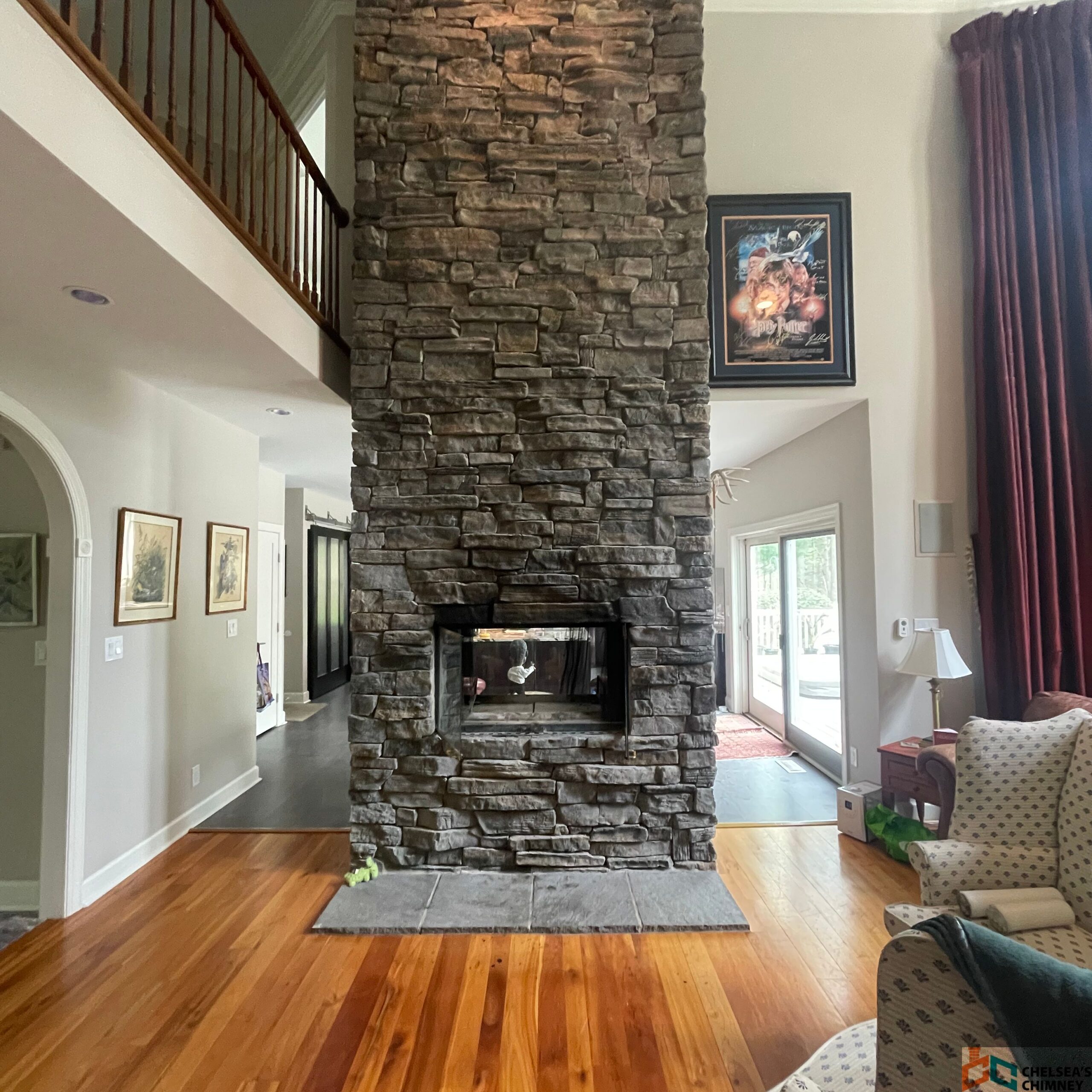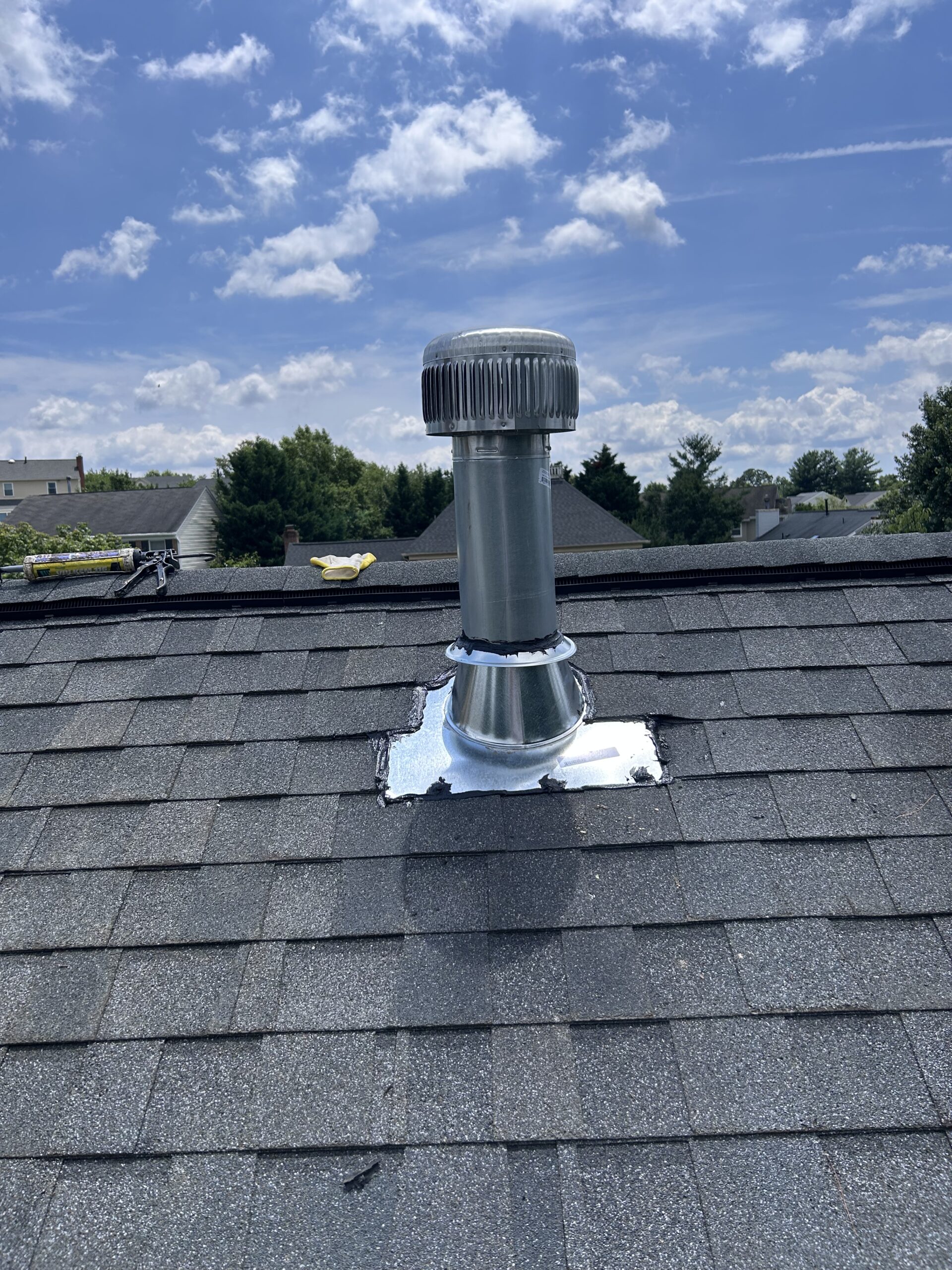Protecting Your Fireplace: Weather Effects and Chimney Safeguarding Techniques
In Clarksville, MD, cold winters greatly impact fireplaces and chimneys. These features provide warmth but are weather-vulnerable.
Cold winters introduce the freeze-thaw cycle, which damages chimneys. Moisture seeping into cracks can freeze and cause expansion.
This expansion puts pressure on masonry, leading to brick cracking and mortar deterioration. A weakened chimney poses safety risks, including carbon monoxide entry.
Heavy rainfall also presents challenges. Water can infiltrate through damaged flashing or chimney crowns, causing moisture buildup inside.
Excess moisture weakens chimney structure and exacerbates freeze-thaw damage. It also creates conditions for mold and mildew growth, impacting indoor air quality.
Homeowners can take steps to protect their chimneys from weather effects. Scheduling regular inspections with Chelsea’s Chimney is vital for maintenance.
Experienced technicians can assess chimney condition and identify vulnerabilities. Early detection of small issues prevents larger, costly problems.
Investing in a high-quality chimney cap is crucial for protection. A well-designed cap keeps rain and snow out while allowing ventilation.
This prevents pooling inside the chimney and reduces freeze-thaw damage. Ensuring intact flashing around the chimney is equally important.
Regularly inspect flashing for cracks, sealing openings to prevent water infiltration. Waterproofing treatments can bolster the chimney’s resistance to moisture.
Homeowners should also maintain their fireplace by cleaning it regularly. Removing soot and creosote buildup enhances airflow and reduces fire hazards.
In summary, Cold winters greatly impact fireplaces and chimneys. Working with professionals like Chelsea’s Chimney in Clarksville helps safeguard chimneys from the elements.
Regular inspections, quality chimney caps, proper sealing, and maintenance are crucial for enduring protection and cozy fireplace experiences.




